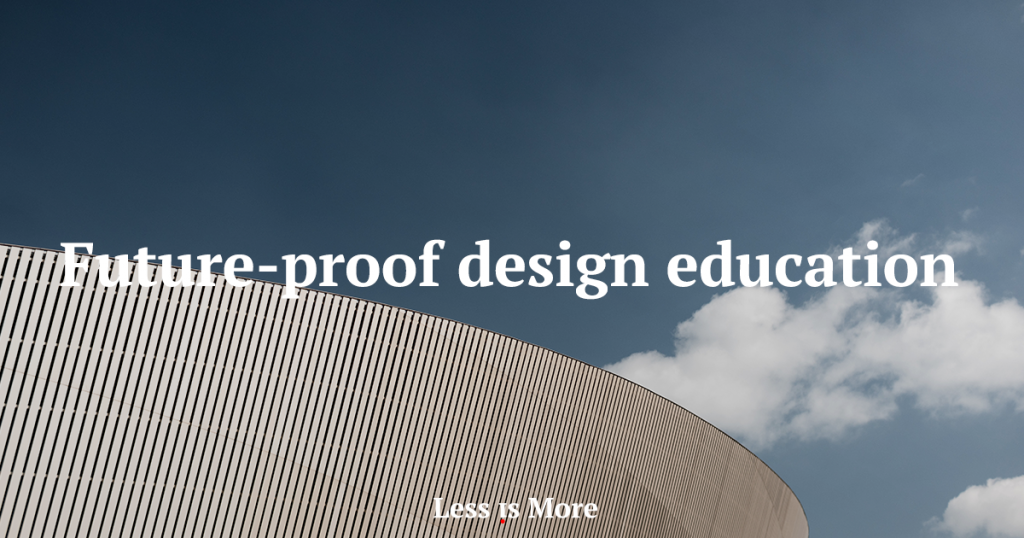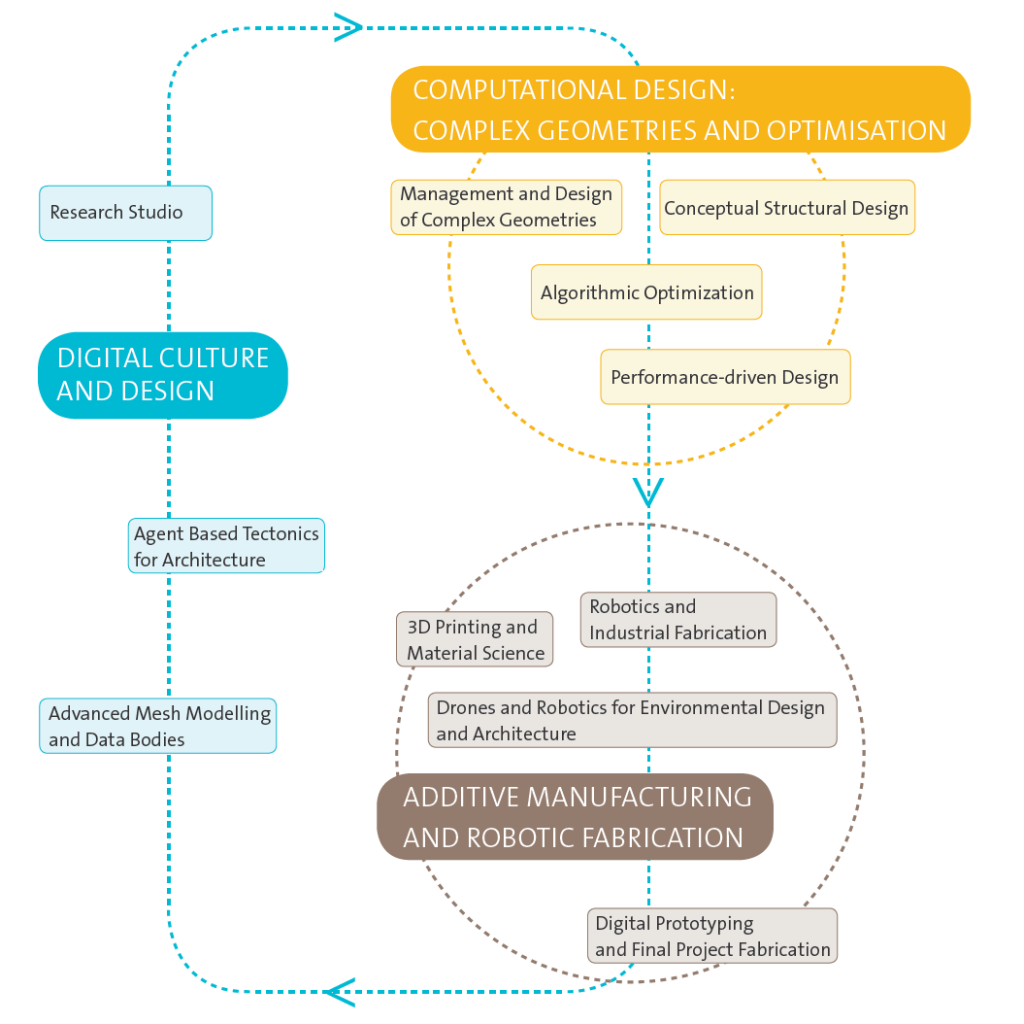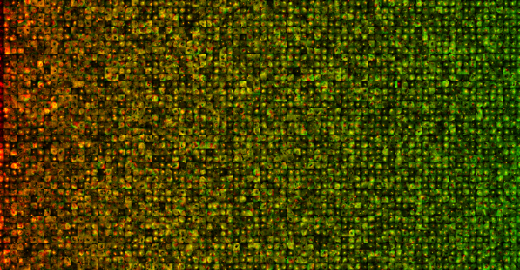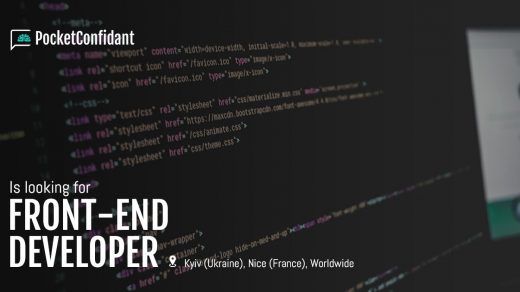
Sometimes I talk to educators from multiple sectors, discussing questions about what should be taught to students so that they future-proof their career for the age of machines.
How should we make education relevant when more and more tasks are becoming automated?
TL;DR: Humans and machines should work together.
Designed by AI
Here is the example from École des Ponts. This school is anticipating future challenges by providing participants with a solid knowledge of innovative digital cultures and computational tools based on both technical skills and artistic sensibility.
Their course is called “Design by Data” and it’s one of the examples encouraging a process-oriented approach to design, based on theory of genetic optimization and the use of environmental data in architecture.

The world where designs are made by machines is not in that far in the future. Maurice Conti previews a time when robots and humans will work side-by-side to accomplish things neither could do alone. Have a look at radical new designs for bridges, cars, drones and much more.
Four trends in design education
The following four trends are now shaping how the objects and lifestyles of tomorrow will find their path to life.
- Innovation: the digital revolution is changing our way of using and thinking about objects and spaces, entering the world of non-standard design and evolutive architectures.
- Cross-sector: students now learn how to use computation and data to drive their designs in architecture, urbanism, engineering and the digital arts.
- Project-based learning: emergence of an augmented learning process based on ongoing alternation between theory, design applications and prototyping.
- Network thinking: embracing of collaborative cultures where design schools work in close integration with engineering facilities, high-performance computing centers and maker spaces where ideas get rapidly tested.
In 2050, complex machine learning algorithms will represent one of the most exciting development paths for design. Its ability to identify hidden patterns, trends, or correlations between data points will make AI a key player in the successful design of the future objects and architectures. Data-driven approaches can reveal different relationships between multiple data sets – something which is very difficult for a human to do. Education allowing this to happen is about to emerge.
Reply to this post to share about other examples of AI-proof approaches to education that you observe!



